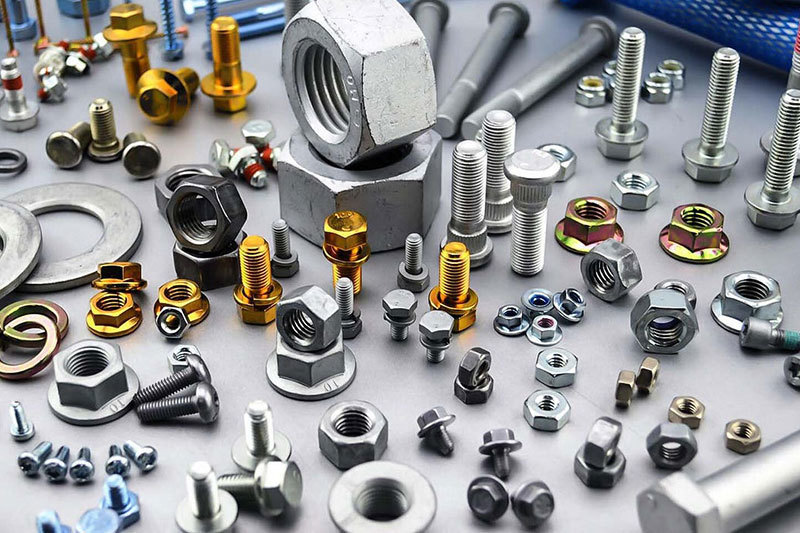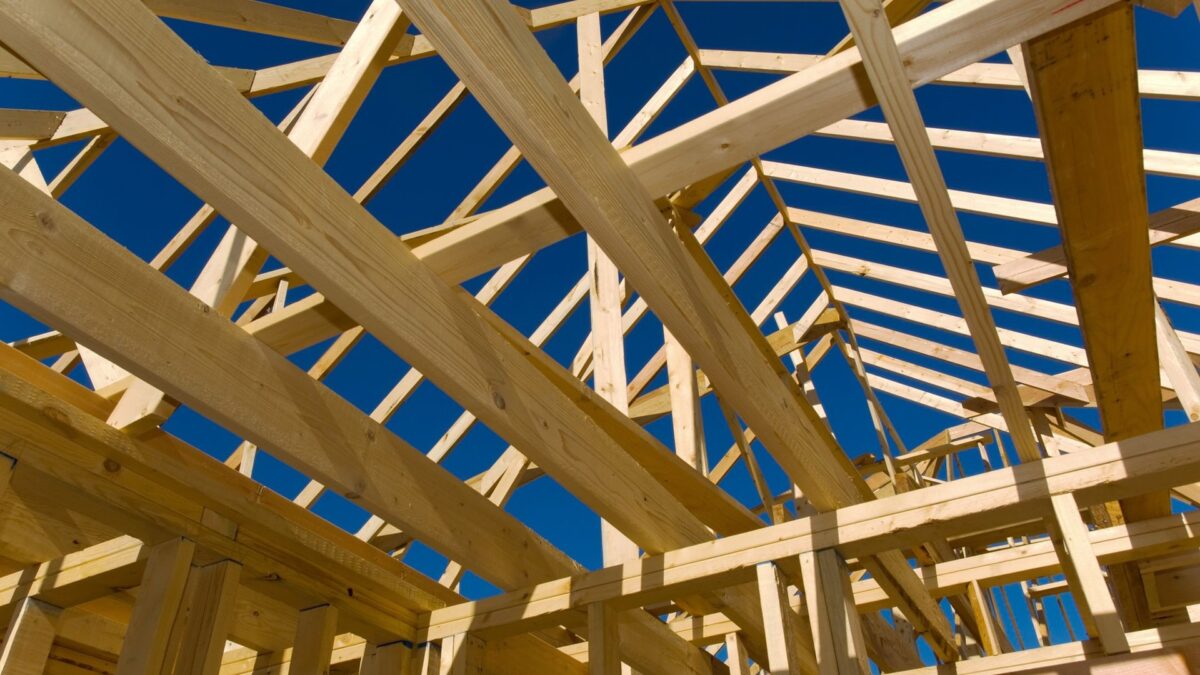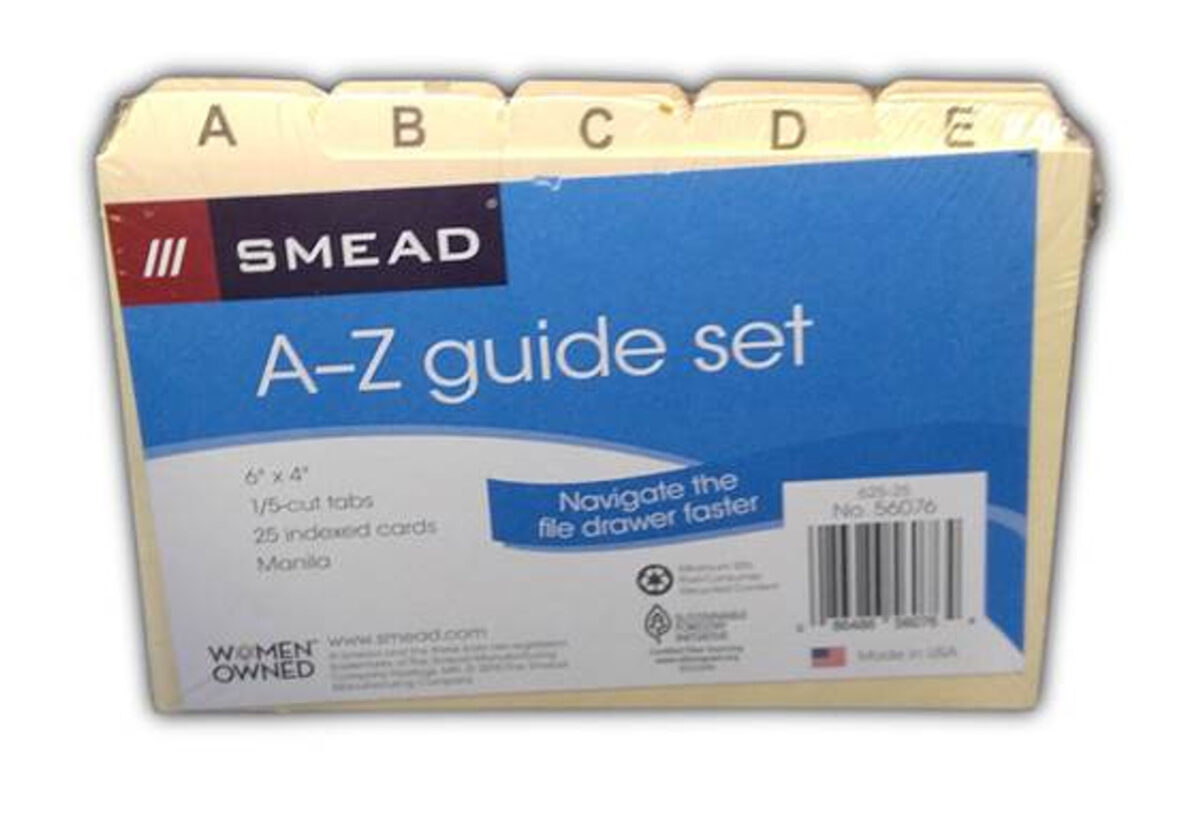In the construction industry, every component—no matter how small—plays a pivotal role in the overall integrity and performance of a structure. Among these critical components, building fasteners are often overlooked but are fundamentally important for ensuring the long-term strength, durability, and safety of any building. At STANLEY, we understand that the quality of fasteners used in a project can directly influence the success and lifespan of the structure.
What Are Building Fasteners?
Building fasteners are hardware devices that mechanically join or affix two or more construction materials together. Common types include screws, bolts, anchors, nails, nuts, washers, and rivets. They come in various materials such as stainless steel, carbon steel, brass, and aluminum—each chosen based on the specific application and environmental conditions.
The Role of Building Fasteners in Structural Integrity
1. Load Distribution and Support
Fasteners are designed to distribute loads evenly across connected materials. Whether it’s a high-rise steel frame or a timber-framed residential home, the right fasteners ensure that the structural load is safely managed. Poor load distribution due to substandard or incorrectly installed fasteners can lead to premature failure, cracks, or even collapse.
2. Resistance to Environmental Factors
Long-term structural performance is heavily influenced by exposure to environmental elements such as moisture, temperature fluctuations, wind, and seismic activity. Quality building fasteners—especially those that are corrosion-resistant—help prevent structural deterioration caused by rust and degradation. For example, stainless steel fasteners used in coastal or humid environments are critical to resisting corrosion over decades.
3. Seismic and Wind Resistance
Regions prone to earthquakes or hurricanes demand fasteners that can tolerate high dynamic loads and movements. Fasteners help absorb and transfer these stresses across the structural system, reducing the risk of damage during extreme events. Specialized seismic-rated building fasteners are engineered to provide the flexibility and strength needed for these conditions.
4. Ensuring Alignment and Stability
Structural alignment is vital for a building’s integrity. Even slight misalignments during construction can compound over time and result in significant issues. High-precision fasteners ensure materials are properly secured and aligned, reducing the need for frequent maintenance or costly retrofitting.
Common Issues with Poor Fastener Choices
Using the wrong type of fastener—or poor-quality products—can lead to a multitude of structural problems:
- Corrosion and Rusting: Inferior fasteners degrade over time, especially in outdoor or high-moisture settings, weakening the structural connections.
- Loosening Over Time: Vibrations or thermal expansion and contraction can cause non-specialized fasteners to loosen, compromising stability.
- Load Failures: Inadequate load capacity of the fastener can lead to joint failure, even if the materials themselves are strong.
At STANLEY, we engineer our fasteners to exceed industry standards, ensuring long-term reliability in even the most demanding applications.
Choosing the Right Building Fasteners
Selecting the correct fasteners requires understanding the material types, load requirements, environmental exposure, and building codes. Considerations include:
- Material Compatibility: Avoid galvanic corrosion by choosing fasteners compatible with the base materials.
- Coating and Finish: Use galvanized or stainless finishes in outdoor or marine environments.
- Thread Type and Size: Ensure proper thread engagement for the application to maximize holding strength.
- Load and Shear Strength Ratings: Choose fasteners rated for the expected forces in the structure.
Consulting with fastener experts—like those at STANLEY—can help builders and contractors make informed decisions that safeguard structural integrity for decades.
Innovation and Quality You Can Trust
At STANLEY, we are committed to providing industry-leading building fasteners that meet and exceed the highest quality standards. Our research-driven engineering process, rigorous quality control, and adherence to global safety codes make our fasteners the trusted choice for builders, architects, and engineers worldwide.
We offer a wide range of fastener solutions designed for every stage of construction, from framing and roofing to finishing and façade systems. Our technical support team is always ready to assist with product selection, application advice, and performance optimization.
Conclusion
While they may be small in size, building fasteners are foundational to the longevity and safety of any structure. Their role in holding the framework together, resisting environmental stresses, and ensuring design precision cannot be overstated. Investing in high-quality, application-specific fasteners from a trusted provider like STANLEY is a crucial step toward building with confidence—and ensuring the structure stands strong for generations.





